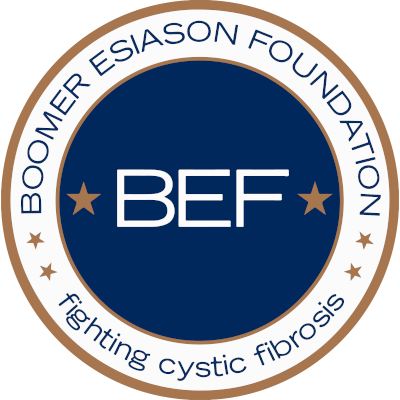While many high school students can navigate computers with ease, not many can say they’re had a major success using the Canadian SCINET supercomputing network.
In fact, Marshall Zhang, 16, a Grade 11 student at Richmond Hill’s Bayview Secondary School, this year used the massive computer system to find a new and potentially effective drug cocktail to treat cystic fibrosis.
Zhang submitted his research to the Sanofi-Aventis BioTalent Challenge, a Canadian science competition, and experts familiar with his work were impressed. The results were better than unexpected and demonstrated the usefulness of computational approaches for discovery of potential drug-like compounds.
“Marshall’s findings show that computational methods can drive the discovery of compounds (drugs), that may offer effective treatment for cystic fibrosis,” says mentor Dr. Christine Bear, a researcher at the Hospital for Sick Children’s Research Institute.
CF is a common, fatal genetic disease where the lungs’ normal protective coating of thin mucus becomes thick and sticky which is an inviting environment for serious and fatal bacterial infections. A genetic mutation is responsible for most cases of CF. Leading research currently in clinical trials suggests that specific drugs may help correct this defect. However no one knows exactly how this corrective mechanism works.
At Dr. Bear’s lab at Sick Kids, Marshall tasked himself with using sophisticated computer modelling on the SCINET to investigate what these drugs might be doing to ‘correct’ the genetic defect at the molecular level. On the computer, he identified how two drugs each interacted with one specific part of the mutant protein. He then proved his ‘virtual’ findings were correct using living cells in culture.
Marshall correctly suspected that using the two drugs together might prove to be even more effective because his work showed the drugs interacted with different parts of the mutant protein.
“The cells treated with the two drugs were functioning as if they were the cells of healthy individuals,” says Marshall.
“The thrill of knowing that I was on the forefront of current knowledge was absolutely the best thing about my experience in the sanofi-aventis Biotalent Challenge,” says Marshall, adding that the lab experience and “getting a taste of real research has definitely driven me towards a pursuing science in the future.”
“I think that Marshall has tremendous potential to be a scientist in the future because of his intelligence, motivation and determination,” adds Dr. Bear.
